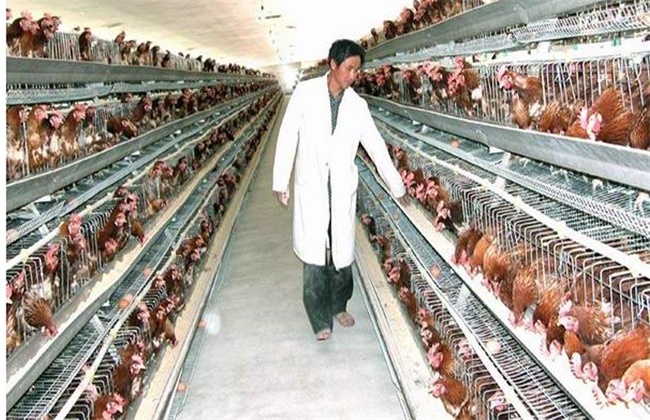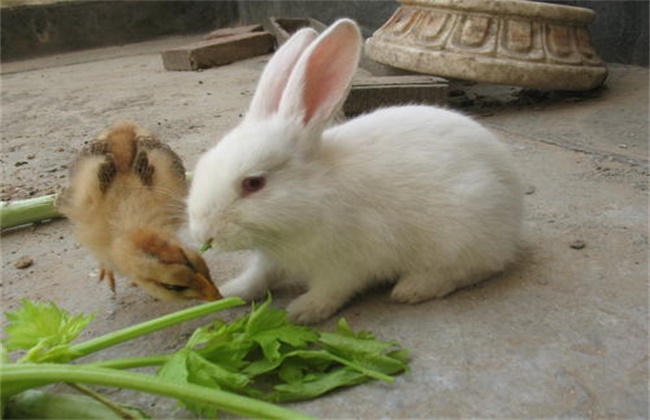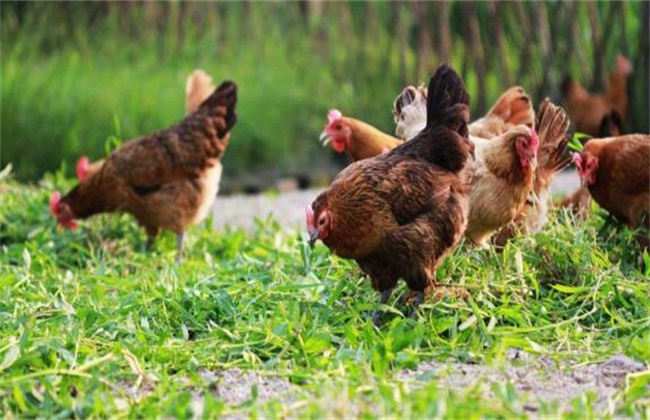How to adjust layer feed in spring
With the rise of temperature, the key to raising chickens in spring is to let laying hens get better economic benefits after entering the peak laying period, so farmers need to adjust the proportion of nutrients in feed so that laying hens have sufficient nutrition to lay eggs. So how to adjust the layer feed in spring? Come and have a look with the editor.

1. Feed selection
Most of the feed chosen by many farmers at this time was harvested and stored last year, although the temperature of laying hens is low, so the possibility of mildew is small, but because the storage mode is small, and the moisture of raw materials is on the high side when harvesting, so it is very easy to return to moisture after the temperature picks up and microorganisms propagate rapidly, which is very easy to cause the loss of nutrients, which is not conducive to the growth and development of laying hens. So the raw materials of spring feed should be chosen attentively in different places, do not choose mildew, try to dry now, bright color.
2. Composition adjustment
First of all, to reduce the use of energy feed, chickens, like all poultry, can adjust their own feed intake according to the level of feed energy. Laying hens consume a lot of protein when laying eggs, so it is necessary to increase the proportion of protein in feed, and at the same time, with the decrease of laying rate, the proportion of protein should be reduced accordingly. Laying hens also have more demand for calcium when laying eggs. if there is a lack of calcium in feed, the quality of eggshell will be affected, which will often result in soft-shell eggs and non-shell eggs, so it is necessary to increase the content of feed minerals during the peak period of egg production. With the increase of egg rate of laying hens, the demand for vitamins of laying hens also increases, so it is necessary to increase vitamins appropriately.
3. Treat separately
For new chickens, because they bear the needs of laying and growth, they consume a lot of energy, so their physical condition is relatively poor, so they should strengthen feeding management and feed more carbohydrate feed. at the same time, we should pay attention to supplement bone powder, shell powder, stone powder and green succulent feed to meet their egg production recovery needs. On the other hand, the old chicken is in better condition because it molted last autumn and winter, and began to lay a large number of eggs in spring. At this time, it should be fed and drunk well and give full play to its productivity. Feed more fish meal, bean cakes and other protein feed, less easy to grow fat corn, sorghum and other energy feed.
The above is the introduction of how to adjust the feed of laying hens in spring. I hope it can help you. If you want to know more about it, please follow us.
Related
- On the eggshell is a badge full of pride. British Poultry Egg Market and Consumer observation
- British study: 72% of Britons are willing to buy native eggs raised by insects
- Guidelines for friendly egg production revised the increase of space in chicken sheds can not be forced to change feathers and lay eggs.
- Risk of delay in customs clearance Australia suspends lobster exports to China
- Pig semen-the Vector of virus Transmission (4)
- Pig semen-the Vector of virus Transmission (3)
- Five common causes of difficult control of classical swine fever in clinic and their countermeasures
- Foot-and-mouth disease is the most effective way to prevent it!
- PED is the number one killer of piglets and has to be guarded against in autumn and winter.
- What is "yellow fat pig"? Have you ever heard the pig collector talk about "yellow fat pig"?



